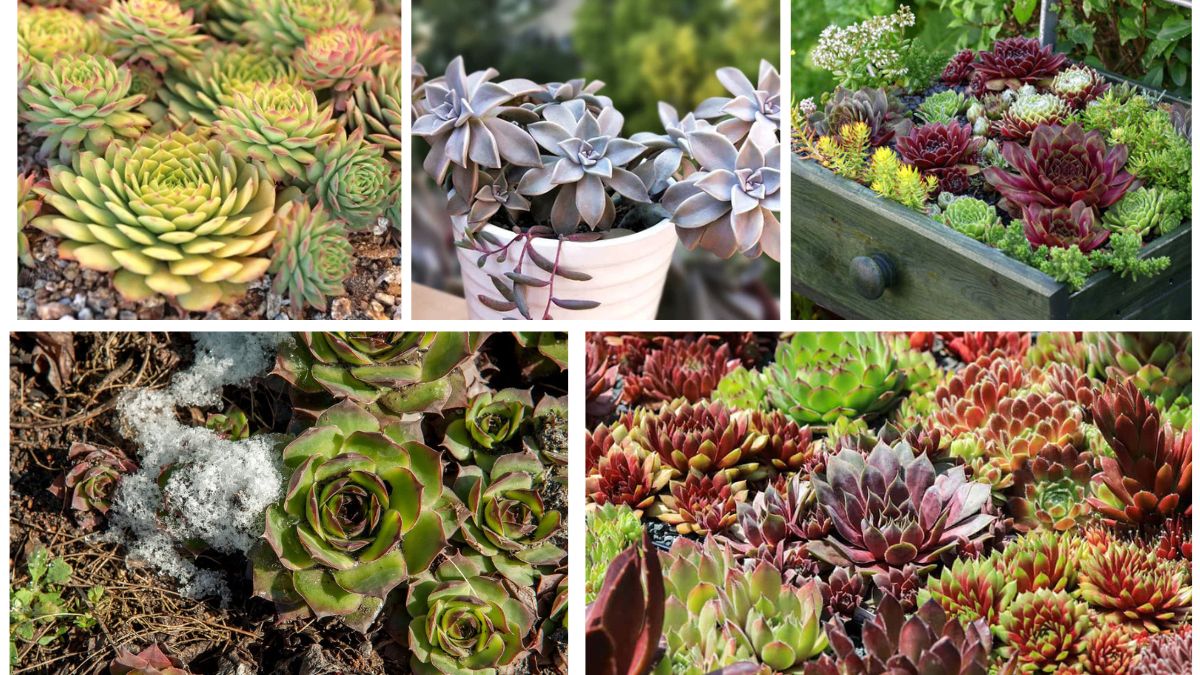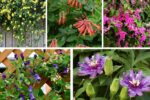Succulents are loved worldwide for their unique shapes, resilience, and ability to thrive with minimal care. While many people think of succulents as sun-loving plants suited for deserts and warm climates, there are actually several cold-hardy varieties that can withstand freezing temperatures and even snow. These special succulents bring beauty to gardens year-round, providing structure, color, and charm even during the chilly months when most plants go dormant.
In this guide, we’ll explore five of the best cold-hardy succulents, each capable of surviving winter beautifully. Along the way, we’ll also cover growing tips, care strategies, and how to use them in your landscape or indoor arrangements.
Why Choose Cold-Hardy Succulents?
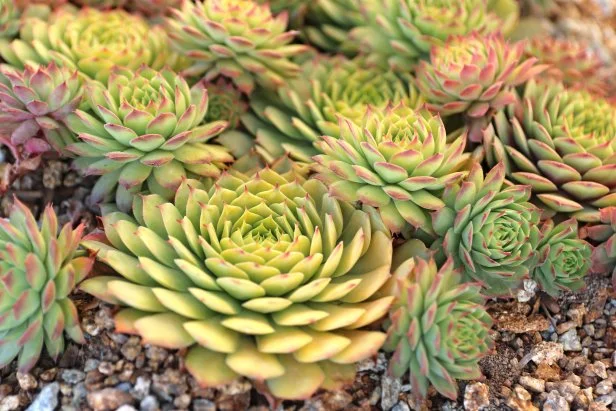
Cold-hardy succulents are an excellent choice for gardeners living in regions with harsh winters. Unlike tropical succulents such as jade plants or echeverias that need protection from frost, these resilient plants tolerate freezing temperatures and continue to add greenery and texture to your space.
Some benefits of cold-hardy succulents include:
- Low Maintenance: They need minimal watering and care compared to other winter plants.
- Drought Resistance: Even in winter, they store water in their fleshy leaves, making them hardy during dry spells.
- Year-Round Appeal: Many retain their structure, while some change color in response to cold, adding seasonal beauty.
- Versatility: Perfect for rock gardens, borders, containers, or even as ground cover.
Now let’s dive into the top five cold-hardy succulents you can grow.
1. Sempervivum (Hens and Chicks)
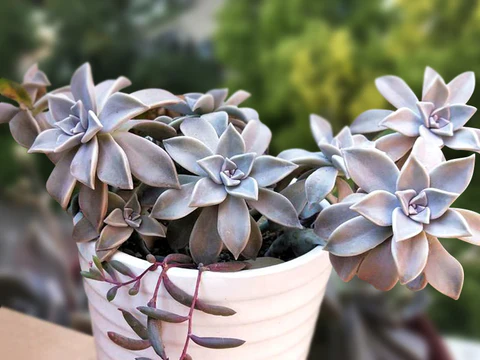
Sempervivum, also called hens and chicks, is one of the most popular cold-hardy succulents. These charming plants form rosettes of thick leaves and multiply rapidly by producing smaller offshoots (the “chicks”) around the main plant (the “hen”).
Key Features:
- Cold Tolerance: Can survive temperatures as low as -30°F (-34°C).
- Appearance: Comes in shades of green, purple, red, and even variegated tones.
- Winter Beauty: In colder months, some varieties develop richer hues, making them more striking.
Care Tips:
- Plant in well-draining soil, preferably sandy or rocky soil.
- Water sparingly, even in winter, as overwatering can lead to root rot.
- Best suited for rock gardens, containers, and edging.
Why It’s Great:
Sempervivum is virtually indestructible, making it perfect for beginner gardeners who want a succulent that thrives without constant attention.
2. Sedum (Stonecrop)

Sedums are another excellent group of cold-hardy succulents, offering a wide range of varieties from ground-hugging mats to taller, upright plants. Known for their star-shaped flowers, sedums are especially beloved for their ability to tolerate both drought and frost.
Key Features:
- Cold Tolerance: Many varieties can withstand temperatures down to -40°F (-40°C).
- Appearance: Available in green, gold, red, and blue-gray tones; flowers bloom in summer and fall.
- Winter Beauty: Evergreen sedums keep their foliage through the cold months.
Care Tips:
- Sedums need full sun and gritty, well-drained soil.
- Prune spent flowers in late fall to tidy up the plant.
- Excellent for ground cover, garden borders, and container displays.
Why It’s Great:
Sedums not only survive the winter but also bring pollinator-friendly flowers during warmer months, making them multi-seasonal stars.
3. Agave Parryi (Parry’s Agave)
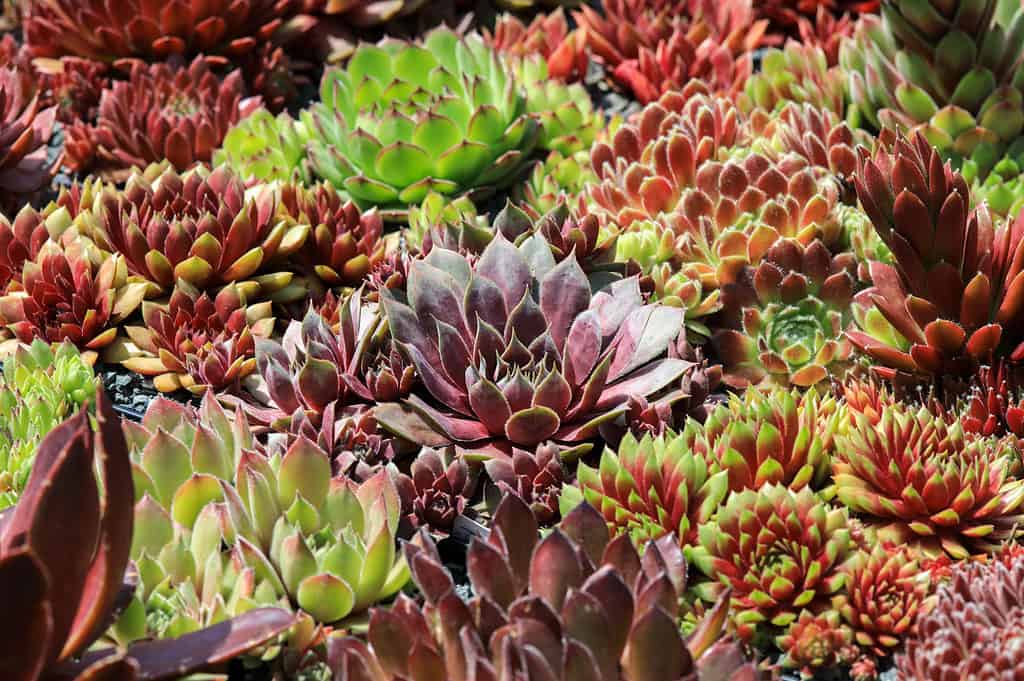
Agave plants are typically associated with deserts, but Agave parryi—also called Parry’s agave—is one of the most cold-hardy varieties. With its striking rosette form and sharp, symmetrical leaves, this succulent creates a dramatic focal point in any garden.
Key Features:
- Cold Tolerance: Hardy down to -20°F (-29°C).
- Appearance: Silvery-blue leaves edged with dark spines; slow-growing but bold in presence.
- Winter Beauty: Maintains its striking structure all year round.
Care Tips:
- Needs full sun and rocky, sandy soil.
- Minimal watering required; only water during prolonged dry periods.
- Great for xeriscaping and as a landscape accent.
Why It’s Great:
Agave parryi offers architectural beauty while also being surprisingly tough in freezing conditions—an ideal choice for gardeners looking for something both hardy and dramatic.
4. Orostachys (Dunce Cap)
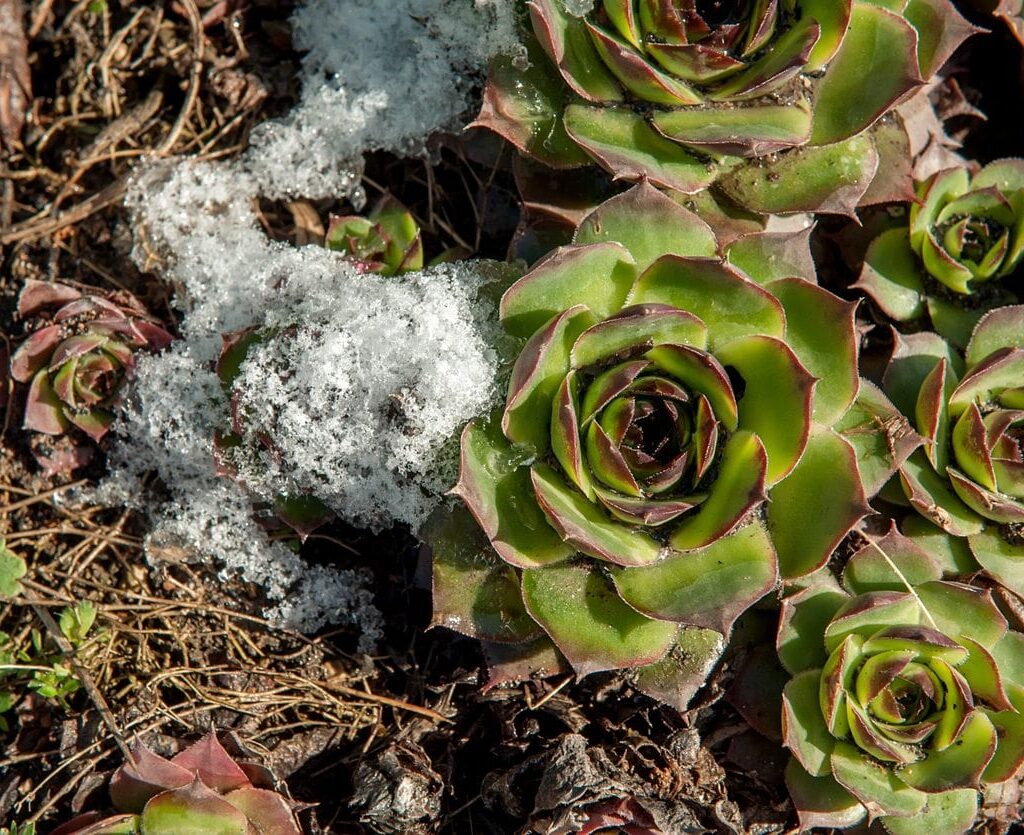
Orostachys is a lesser-known but stunning cold-hardy succulent that forms rosettes similar to hens and chicks but with a unique conical shape, giving them the nickname dunce cap. These charming plants spread quickly and are perfect for adding visual interest to winter gardens.
Key Features:
- Cold Tolerance: Hardy to about -30°F (-34°C).
- Appearance: Cone-shaped rosettes in green to grayish tones; some varieties develop a reddish blush in cold.
- Winter Beauty: The geometric form remains intact, making them a conversation piece even in snow.
Care Tips:
- Plant in sandy, well-drained soil.
- Thrives in sunny, open areas such as rock gardens.
- Water minimally, as the plant is highly drought-tolerant.
Why It’s Great:
If you want something unusual yet cold-hardy, Orostachys is an excellent choice for bringing both uniqueness and resilience to your garden.
5. Delosperma (Ice Plant)
Delosperma, commonly known as ice plant, is a vibrant ground-cover succulent that adds a splash of color with its daisy-like blooms. It’s one of the few cold-hardy succulents that provides abundant flowers during the growing season while still surviving freezing winters.
Key Features:
- Cold Tolerance: Hardy to -20°F (-29°C), depending on the variety.
- Appearance: Evergreen foliage with bright flowers in shades of purple, pink, orange, and yellow.
- Winter Beauty: Dense mat-like growth provides greenery through the winter.
Care Tips:
- Requires full sun and sandy, rocky soil.
- Water sparingly; drought-tolerant once established.
- Works well as ground cover, in rock gardens, or cascading from containers.
Why It’s Great:
Ice plants brighten landscapes not only with their vibrant flowers but also with their resilient evergreen mats that stand strong in winter.
Tips for Growing Cold-Hardy Succulents
To ensure your cold-hardy succulents thrive year-round, keep these essential care tips in mind:
- Choose the Right Soil: Use a gritty, sandy mix to promote drainage. Succulents hate sitting in water.
- Provide Sunlight: Most cold-hardy succulents prefer full sun, even in winter.
- Water Wisely: Reduce watering in winter; many succulents go semi-dormant and need very little moisture.
- Mulching: Use gravel or small rocks as mulch to prevent excess moisture and protect roots in extreme cold.
- Containers vs. Ground Planting: In very harsh climates, consider growing succulents in containers that can be moved to sheltered areas.
Conclusion
Cold-hardy succulents prove that beauty and resilience can go hand in hand. Whether you choose the classic Sempervivum, the versatile Sedum, the striking Agave parryi, the unusual Orostachys, or the colorful Delosperma, each of these plants offers year-round charm and can handle tough winter conditions.
By selecting the right varieties and providing proper care, you can enjoy a garden filled with unique textures and colors—even when snow blankets the ground. These succulents are not only low-maintenance but also add elegance and vibrancy, making them a must-have for gardeners who want their landscapes to thrive in every season.
